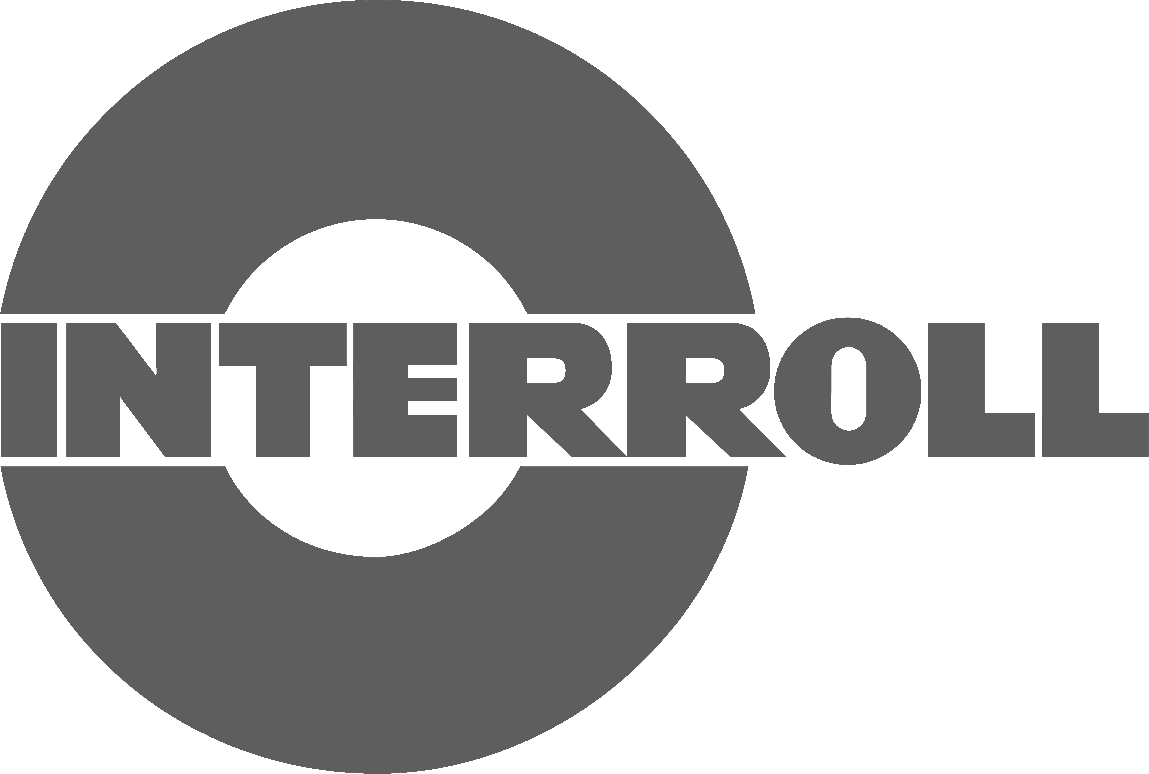- Home
- Services
- Conceptual Design
- Digital Twin Simulation & Emulation
- Manufacturing Flow Design
- Maveneer WxS™
- MavenSHIELD™
- Operational Assessment
- Operational Augmentation
- Process Standardization & Compliance
- Retrofit Design & Modernization
- Supply Chain & Inventory Management
- Supply Chain Network Analysis & Optimization
- Systems Integration
- Warehouse Optimization & Performance Monitoring
- WMS & WES Selection & Strategy
- Workforce Training & Development
- 3D Integrated Modeling
- Industries
- Solutions
- Autostore
- Automated Print and Apply
- Automation as a Service
- Autonomous Mobile Robots
- Automated Guided Vehicles
- Automated Storage & Retrieval Systems (AS/RS)
- Control System Integration
- Conveyor Systems
- Packaging Automation
- Palletizing
- Depalletizing
- Sortation Systems
- Microfulfillment
- Omnichannel Fulfillment
- eCommerce Fulfillment
- Order Picking
- Robotic Vision Systems
- Warehouse Execution Systems
- Warehouse Storage Racking Solutions
- Resources
- Company
Sortation Systems
Sortation systems efficiently organize and distribute items in order to optimize operations, increasing order accuracy and fulfillment speed.
Maveneer partners with trusted sortation systems manufacturers to bring the benefits of automation to your warehouse:








Sortation Systems: Uses, Types, Benefits
In the dynamic landscape of modern logistics and supply chain management, staying ahead of the curve is essential. One way companies are achieving this is through the integration of sortation systems. These ingenious automated systems play a pivotal role in streamlining the sorting and distribution of goods, offering numerous advantages across various industries. In this comprehensive guide, we'll explore the world of sortation systems, answering key questions such as what they are, how they're employed, the different types available, the benefits they provide, and how you can get started with Maveneer, a leader in sortation system solutions.
What are Sortation Systems?
At their core, sortation systems are highly specialized warehouse automation solutions designed to efficiently sort and redirect items based on specific criteria. These systems are widely used in distribution centers, warehouses, and manufacturing facilities to expedite the sorting process while reducing labor-intensive tasks. Sortation systems employ a combination of sensors, software, and mechanical components to identify, classify, and route items according to predetermined factors like size, shape, weight, destination, or product type.
How are Sortation Systems Used?
Sortation systems are incredibly versatile and adaptable, making them indispensable in a variety of industries and applications:
- E-commerce Fulfillment: In the ever-competitive world of online retail, swift order fulfillment is paramount. Sortation systems play a vital role in sorting and directing packages to ensure timely delivery to customers' doorsteps.
- Parcel Sorting: Postal and courier services rely on sortation systems to efficiently handle and route packages. This minimizes transit times and significantly reduces the risk of misdelivery.
- Cross-Docking: In the realm of logistics, cross-docking is the practice of unloading incoming shipments from suppliers and immediately loading them onto outbound vehicles. Sortation systems streamline this process by quickly directing goods to their designated destinations.
- Manufacturing: On production lines, sortation systems are instrumental in organizing and transporting components or finished products to the next stage of assembly or packaging.
Types of Sortation Systems
Sortation systems come in various forms, each tailored to specific needs and environments. Here's a breakdown of the most common types:
- Belt Sorters: These conveyor systems utilize conveyor belts to transport items to divert points. Items are then redirected to appropriate chutes based on predefined criteria. Belt sorters are renowned for their versatility and are well-suited for a wide range of applications.
- Sliding Shoe Sorters: Shoe sorters push products off of the sorter to designated divert chutes, using a small shoe that pushes product. Their gentle handling makes them ideal for sorting fragile items, commonly used in industries where product integrity is crucial.
- Push Tray Sorters: Push tray sorters feature trays that push items onto divert lanes. They excel in handling large and irregularly shaped items efficiently.
- Cross-Belt Sorters: Cross-belt sorters incorporate small conveyor belts mounted perpendicular to the main conveyor. These belts facilitate the transfer of items to sorting chutes and are exceptionally efficient for high-speed sorting operations. The use of belts allows a variety of product types and sizes to be utilized.
- Tilt Tray Sorters: Tilt tray sorters consist of trays that tilt to slide items into designated chutes. They are well-suited for sorting small to medium-sized items with precision.
- Pop-Up Wheel Sorters: Pop-up wheel sorters use wheels that rise from below the conveyor surface to divert items in a perpendicular direction. These are highly effective for high-speed, automated sortation and can handle a wide range of product sizes and weights.
- Pneumatic Sorters: Pneumatic sorters use bursts of air to push or divert lightweight items into designated chutes or bins. They are particularly useful in industries where quick, non-contact sorting is required, such as for documents or lightweight packaging.
- Swivel Wheel Sorters: Swivel wheel sorters use angled wheels or rollers that pivot to divert items along a sorting line. These systems can be adjusted to change the angle of deflection, allowing for flexible sorting configurations. Swivel wheel sorters are excellent for sorting a variety of product shapes and sizes with smooth transitions.
- Narrow Belt Sorters: Narrow belt sorters use multiple narrow belts to control and direct products to different locations. They are suitable for handling a wide variety of product sizes and can manage both medium and high-speed operations. Narrow belt sorters are particularly advantageous when space is limited or when precise handling is required.
Benefits of Sortation Systems
Now that we've explored the different types of sortation systems and their applications, let's delve into the remarkable benefits they offer to businesses:
- Enhanced Efficiency: Sortation systems are capable of processing thousands of items per hour with unmatched accuracy. By automating sorting processes, they reduce the need for manual labor, minimizing errors and boosting efficiency.
- Cost Savings: The automation of sorting tasks translates to reduced labor costs, fewer errors, and ultimately significant cost savings. In the long run, investing in a sortation system proves to be a financially sound decision.
- Increased Throughput: Sortation systems empower businesses to handle higher order volumes, especially during peak seasons, without bottlenecks. This scalability ensures smooth operations and timely deliveries.
- Improved Accuracy: Human errors during the sorting process can lead to costly mistakes, such as shipping the wrong product. Sortation systems minimize these errors by using automated scanning, ensuring items are accurately sorted and verified based on predetermined criteria.
- Reduced Downtime: Automated systems are less susceptible to fatigue and human-related issues, resulting in reduced downtime and enhanced operational reliability.
- Optimized Routing: These systems analyze and determine the most efficient route for each item, minimizing transportation costs and delivery times.
- Enhanced Tracking and Traceability: Many sortation systems are equipped with advanced tracking and reporting capabilities, allowing businesses to monitor the status and location of items in real-time.
- Improved Customer Satisfaction: With faster and more accurate order processing, customers receive their orders promptly, with low risk of error, and in pristine condition. This leads to increased customer satisfaction, positive reviews, and repeat business.
Optimize Your Operations with Maveneer
Sortation systems are a game-changer for businesses striving to optimize their operations and remain competitive in today's fast-paced market. The benefits they offer, from enhanced efficiency and cost savings to improved customer satisfaction, are undeniably compelling.
If you're interested in implementing a tailored sortation system for your business or wish to explore how Maveneer can assist you in leveraging the full potential of these systems, please don't hesitate to reach out. Our experts are ready to guide you through the process and help you make the most informed decisions to transform your operations and stay ahead of the curve.
MAVENEER IS READY TO HELP YOU
SELECT, MANAGE, DESIGN, AND IMPLEMENT SORTATION SYSTEMS IN YOUR WAREHOUSE
©2026 Maveneer, LLC All Rights Reserved. Sitemap.